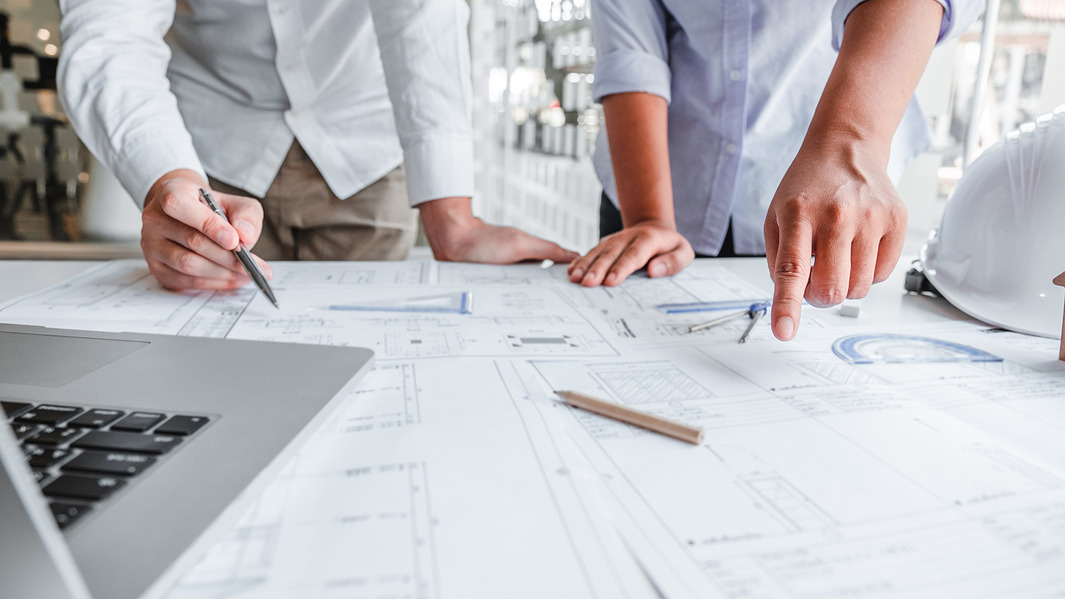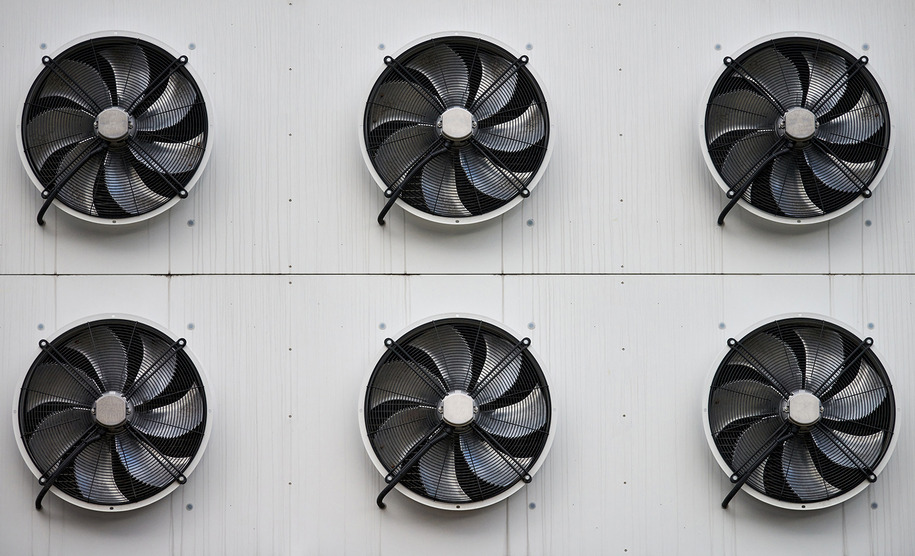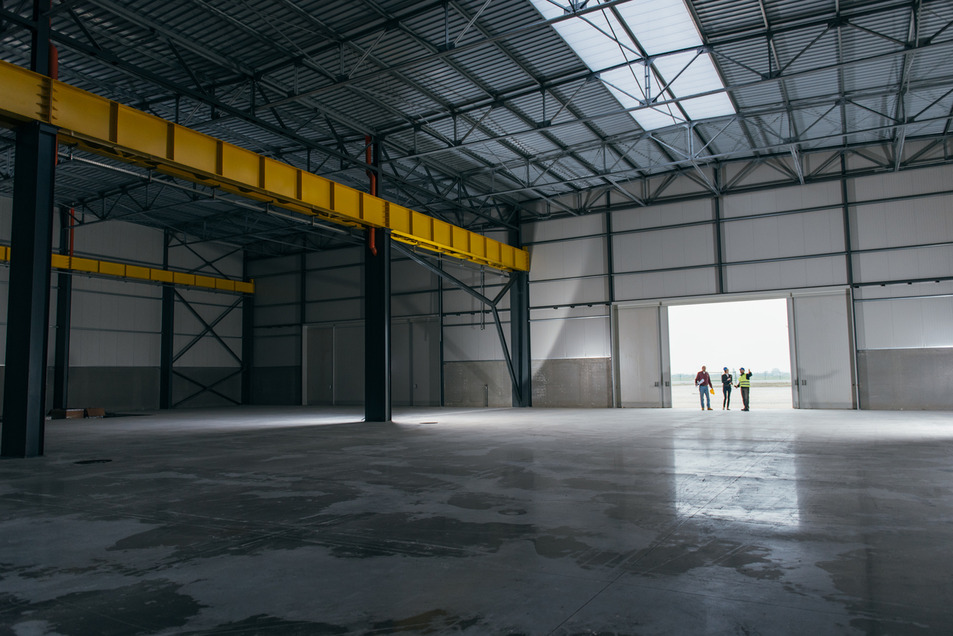15 Sep 6 Warehouse Design Pitfalls (And How to Avoid Them)
Avoid These Warehouse Design Pitfalls

Designing a warehouse is a big undertaking. Unfortunately, warehouse design is not a paint-by-numbers process. There are no hard and fast guides out there that’ll make your building one-size-fits-all. However, therein lies the beauty of warehouse design; you can tailor your building precisely to your needs and workflow.
With this freedom come common pitfalls that, if overlooked, could make your massive investment become a point of regret. We’ve been in the warehouse design business for a while, so we thought we’d share some of the most common warehouse design pitfalls.
Choosing the Wrong Location
Location is always the most important component of warehouse design. You don’t want to build a warehouse in a location that is difficult to access (either by workers or delivery vehicles.) Furthermore, you don’t want your warehouse to be put in a location that poses a security risk. Lastly, the weather is always a concern; don’t choose a location that is prone to extreme weather and flooding. All of these locational issues will slow productivity or even grind it to a halt at a moment’s notice.
Not Planning for Expansion on Day 1
Plan for today what you’ll be doing tomorrow. The same is true for the design of your warehouse. If you plan on running a successful business, then you better plan for at least some expansion in your future. This means designing a warehouse that can handle an increase in productivity from where you are currently. The last thing you want to do is outgrow your investment.
What we’ll help you do: Discuss your scalability goals and design a warehouse that works for you now, but will be appropriate for your future needs. When applicable our facility designs are modular, which enables your layout to continue to serve your needs as business conditions change and allow you to quickly adapt when additional capacity is required.
Building Too Many Walls
We are proponents of open warehouse designs. Walls can always be built, but they are much harder to be taken down. An open design gives you more flexibility when your productivity and workflow change over the years. Furthermore, an open design means your employees have more incentive to keep their spaces organized.
What we’ll help you do: Build a functional space that is still flexible, so your business can adapt as it grows.
Disregarding Physical Security in the Design

What we’ll help you do: Design your space to accommodate physical security from the ground up, so it’s that much easier to secure your building.
Not Emphasizing Adequate Climate Control
With warehousing, climate control is everything. Controlling the temperature and humidity of your warehouse gives you tremendous flexibility with how you can store products and for how long. Without it, you’ll be severely limited in what you’re able to store.



Sorry, the comment form is closed at this time.